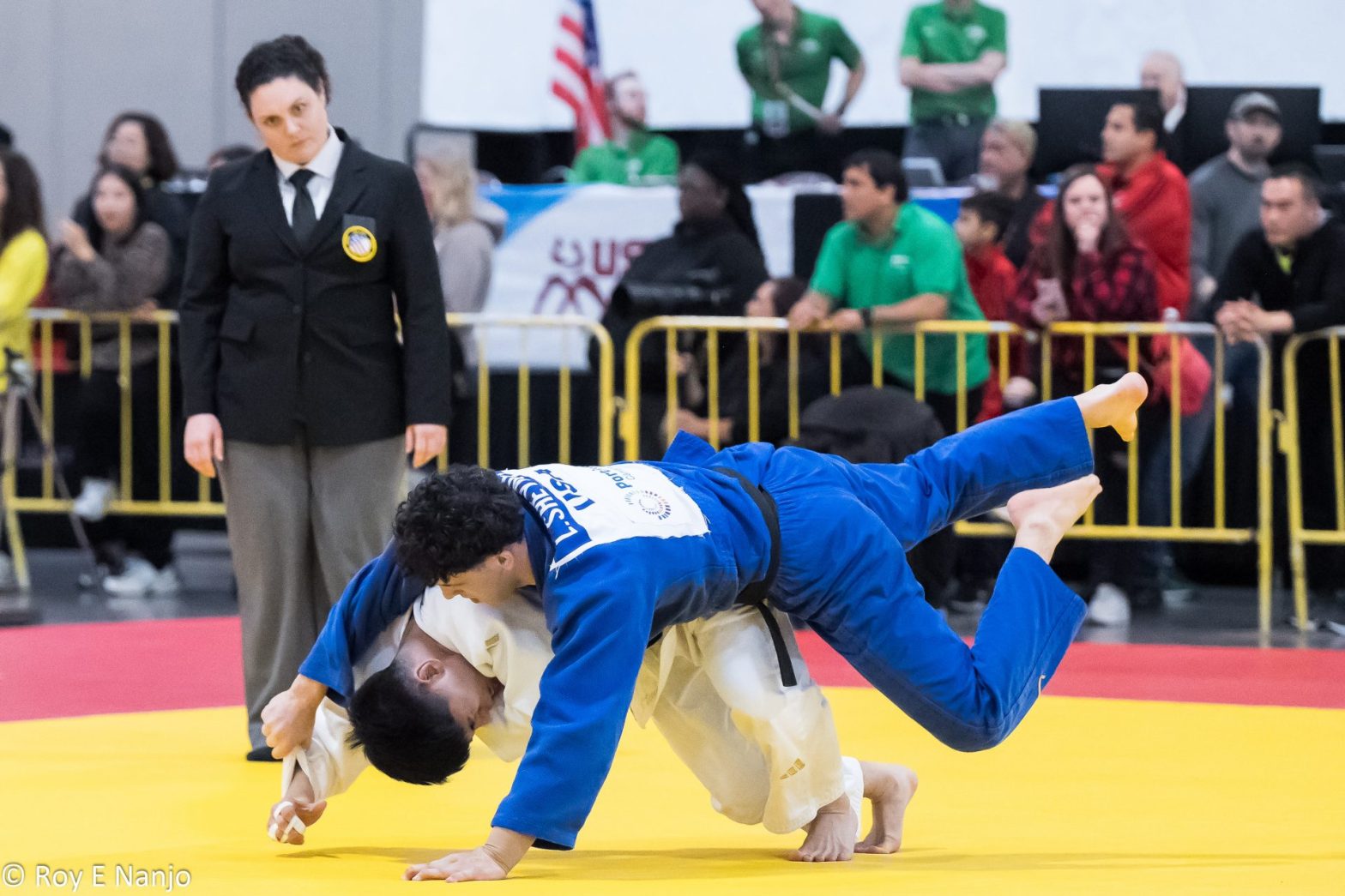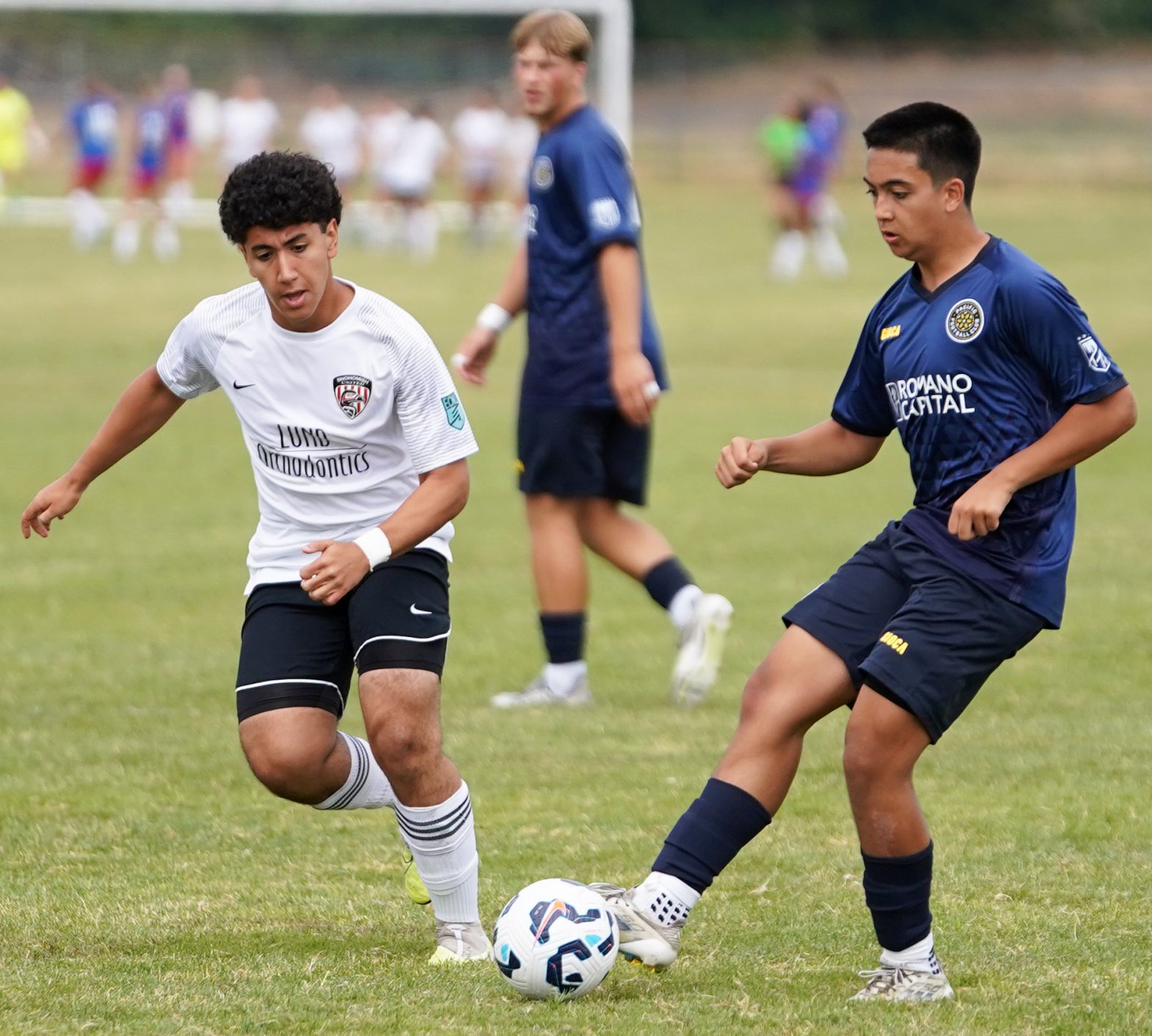
Soccer is proclaimed by many as the most popular sport in the entire world, and it’s estimated that 275 million people play the game worldwide. While soccer’s largest audiences may be in other countries, FIFA estimates as many as 24 million Americans participate in the sport at some level. “Soccer is such a global game, and it has the attention of almost everybody,” says Skip Gilbert, CEO of US Youth Soccer. “It’s getting to be even more so that way, which translates into more kids wanting to play, [and] perhaps play longer.”
US Youth Soccer is gearing its programming to strongly encourage youth participation. The organization currently has approximately 2.5 million registered players—a number that fell during the pandemic, but has rebounded significantly in the five to 19 age bracket.
US Youth Soccer’s programs cater to all players between these ages within three categories. For most, it all starts with League America, an overarching attempt to attract recreational and grassroots players, whether it’s a child starting out in the sport or one who is older but still playing just for fun.

“Almost every kid at some time or another in any community will touch a soccer ball, and our charge is to keep those kids connected,” Gilbert says. “That’s our goal with League America. Our vision is to bring communities together through the power of soccer and make lifelong fans of the game. Yet, often, as kids get older, they can drop out of a sport because they aren’t having fun, or they get burnt out. We want this program to keep kids engaged and involved and instill that soccer lifestyle ethic into their character.”
The organization also offers Top Soccer, its pathway for athletes with cognitive and physical disabilities, and for those who have the skills to continue playing at higher levels, there’s the competitive program, which is more results driven and is more focused on player development. These teams compete each year to garner a spot in the US Youth Soccer National Championship Series, the organization’s most notable national tournament that attracts more than 185,000 players on 10,000 teams each July.
US Club Soccer is another domestic program that seeks to foster the growth and development of the sport throughout the country, for both youth and adults.
Approximately 600,000 players take part in its programming, and since events have resumed following the pandemic, the organization has seen 10 percent annual growth. “Our programs are designed to give youth athletes and their families enjoyable experiences that keep them active in soccer,” says Tyler Heffernan, US Club Soccer’s senior director of marketing and communications.
“We hope our members are—or become—lifelong fans of the sport. We also recognize that to truly impact the game, we need to improve the experience for everyone: players, coaches, administrators, parents, referees, etc.”
US Club Soccer is trying to enhance the soccer experience through a number of specific programs, such as the id2 Program, its player identification and development program; coach education initiatives such as LaLiga Methodology and US Soccer licensing courses; and league-based and cup-based competitions.
With programs and initiatives like these, the organization believes the sport will continue to grow. “We expect participation to continue to increase, and we’re especially excited to have the FIFA World Cup in the U.S. in 2026—even just for the energy around soccer that it will bring,” Heffernan adds.
Another event that helped raise the sport’s profile in the U.S. was the Dallas Cup, an invitation-only tournament that brings some of the top teams from around the world to Texas every year. The tournament includes age groups from U12 to U19 in the boys’ category and U15 to U19 in the girls’ category, which returned in 2021. Since its inception in 1980, the Dallas Cup has hosted teams from 48 states and more than 100 countries from across six continents. This year’s event took place in early April.

“This year we had almost 600 teams in our application portal, and we accepted less than 300 of them because the competition is tremendous,” says Peter Davis, executive director of the Dallas Cup. “On the international side, they look at the United States as a tremendous destination, and domestically, they know they will play the best in not just the country, but the world, against countries that consider soccer a religion.”
While the Dallas Cup brings global enthusiasm for soccer to the USA, the International Soccer Academy is introducing American youth soccer players to the world. “We want to bring the best global qualities of soccer to North American players,” says Diane Scavuzzo, the Academy’s co-founder. “Globally, the game is more developed than in America—it’s more aggressive, faster, and technical.”
Through a rigorous scouting process, which includes both live and virtual analysis, the Academy selects players for its four German teams—Academy of Schalke 04, the Knappenschmiede, the Bundesliga Club, and Hertha Berlin—and a team in Spain. Athletes live, train, and play in Europe up to eight months out of the year, and with many participants still in high school, they can take their courses there or participate in digital studies. Though based in Germany and Spain, Academy athletes travel throughout Europe, playing international friendlies with other academies.
“It’s for young elite players who dream of playing abroad to take their game to the next level,” Scavuzzo explains. “Athletes who love the sport enjoy being emersed in the European soccer culture because it’s so intense. In Europe, everybody is always focused on what’s happening in the sport. For someone who loves soccer, being around others who live and breathe it is wonderful.”
The Academy only launched in 2020, but has already achieved so much success that players around the world are requesting to be included. “It’s a very soccer-intensive environment,” Scavuzzo says. “We’re very proud to be helping a very small number of players follow their dreams of trying to become the best they can be. There are no guarantees, but it’s an amazing pathway if a player wants to be the very best they can be in the sport.”









